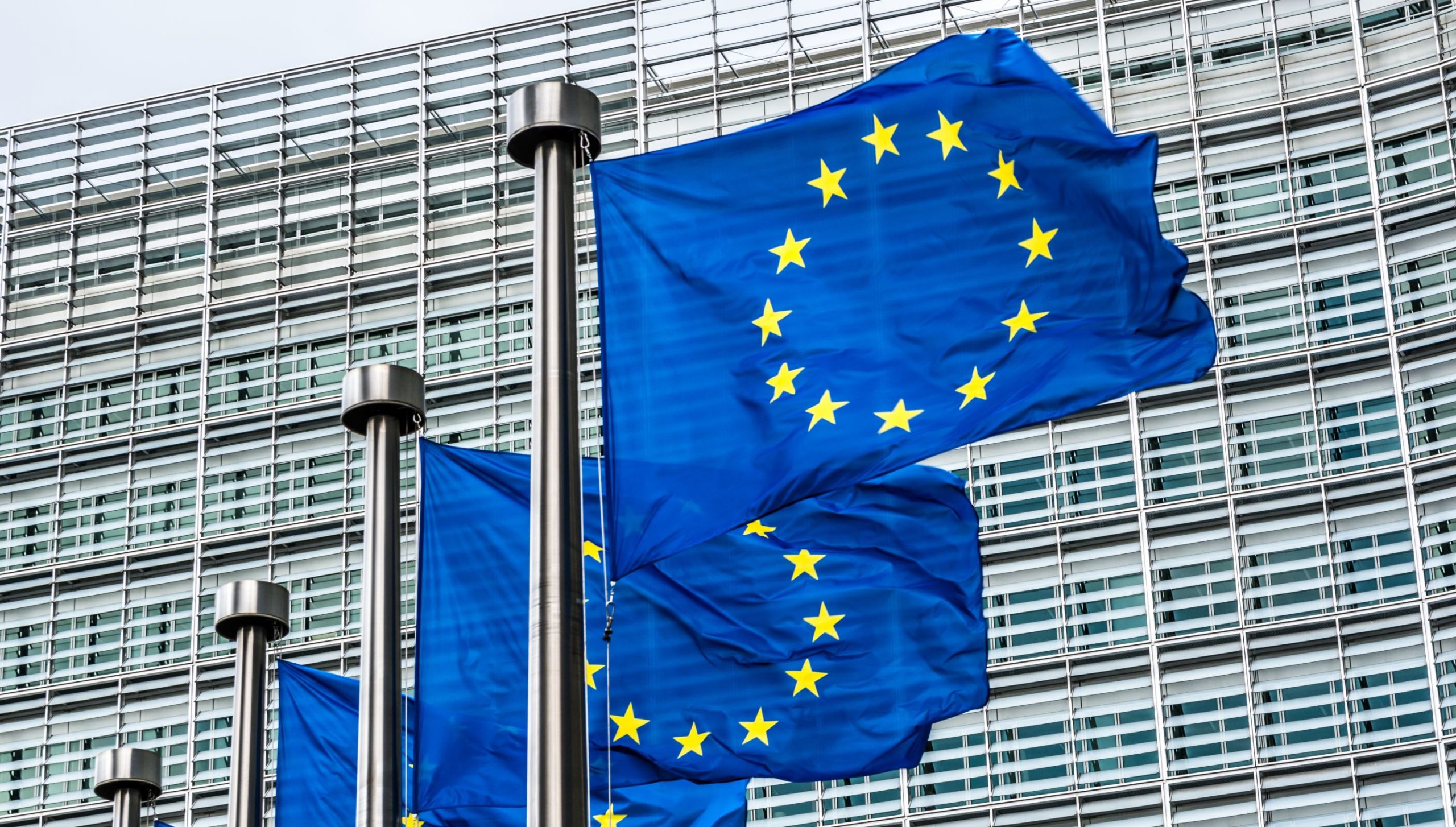- People
- Expertise
Our expertise
We are a team of more than 600 professionals, with the depth of experience which makes us genuine experts in our fields. Together, gunnercooke’s people have strength across just about every corporate discipline and sector. We provide legal, commercial and strategic advice that delivers real value to the clients we work with, which span from multinational enterprises through to not-for-profit organisations. Our breadth of expertise covers some of the most interesting emerging disciplines such as charity, crypto, sports and competition law.
Search by practice areaDispute ResolutionDispute Resolution OverviewMeet the Dispute Resolution TeamIntellectual Property DisputesFinancial Services & FinTech OverviewProceeds of CrimeEmployment TribunalTax InvestigationProperty Dispute ResolutionInsolvency DisputesMediationCivil Fraud & Asset TracingHealth & SafetyBusiness Crime & InvestigationsLitigation & ArbitrationInternational Arbitration - International
International Offices
The gunnercooke group has 16 main global offices across England, Scotland, the US, Germany and Austria, with further plans for growth in the coming years. These offices enhance the existing in-house capability of our dedicated international teams and dual-qualified experts that cover Spain, France, Italy, Portugal, Brazil, China, India, Poland and Hungary. Our team have clients across 123 jurisdictions, speak 46 languages and are dual-qualified in 21 jurisdictions. Our expertise means we can offer large teams to carry out complex cross-border matters for major international clients.
- Our story
Our story
gunnercooke is a Top 70 law firm. We comprise a rapidly growing number of experts spanning legal and other disciplines. Clients benefit from flexible options on fees to suit their needs, access to a wider network of senior experts throughout the relationship, and legal advice which is complemented by an understanding of the commercial aspects of running a business.
- Reading Room
- News & Insights

The EU Regulation 2022/858 is experimenting with technological and regulatory changes through an approach known as the Distributed Ledger Technology (DLT) pilot regime. This regulation came into effect on March 23, 2023. It is expected to last for three years, although it could be extended or expanded to other types of financial instruments.
The DLT pilot regime aims to allow the testing of new technologies and business models under real conditions by temporarily relaxing supervisory rules and regulations. This approach, called a “regulatory sandbox” or “sandbox approach”, facilitates the introduction of DLT market infrastructures by lifting regulatory requirements that are obstacles to implementation. However, it does not weaken existing requirements and protection measures for traditional market infrastructures. The chosen approach is intended to promote the use of innovative technologies in the financial sector such as blockchain and DLT.
This legislation is part of the European Commission’s package of measures dated September 24, 2020, for digitizing the financial sector. Since DLT and crypto-assets were not considered when designing EU laws on financial services, the package aims to fill this regulatory gap. It also aims to enhance Europe’s competitiveness and innovation in the financial sector and to provide consumers with legal access to innovative financial products. The legislative goal of the DLT pilot regime is to create a market infrastructure for the trading of financial instruments based on DLT, known as DLT financial instruments. It covers crypto-assets which are considered financial instruments under MiFID II. For a temporary period, the DLT pilot regime will allow special permissions and exceptions from existing supervisory regulations in a controlled environment to gather experiences with DLT market infrastructures.
In addition to the DLT pilot regime, the package of measures includes the Digital Operational Resilience Act (DORA) and the Markets in Crypto-assets Regulation (MiCAR). DORA aims to ensure the resistance and performance of financial institutions’ IT and cybersecurity, while MiCAR aims to create a harmonized EU legal framework for crypto-assets, which do not fall under the existing legal provisions in the financial services sector such as MiFID II or PSD II.
Crypto-assets that represent financial instruments under MiFID II are subject to securities regulation. However, the legal, technological, and operational peculiarities of the use of DLT are not considered in these regulations. On the contrary, existing EU laws on financial services contain provisions that exclude or at least restrict the use of DLT for the issuance, trading, and settlement of crypto-assets that are considered financial instruments under MiFID II.
A new category for market infrastructures, the so-called DLT market infrastructures, is created for the test or pilot phase. This category includes Multilateral Trading Systems (MTF) which operate exclusively as DLT trading systems (DLT-MTF) and settlement systems which operate exclusively as DLT settlement systems (DLT-SS). If trading and settlement are combined, it is done as a DLT trading and settlement system (DLT-TSS). Operators are granted licenses required under MiFID II or CSDR under simplified conditions within the DLT pilot regime.
A multilateral DLT trading system or DLT-MTF is a multilateral trading system that only allows DLT financial instruments for trading. It’s considered a DLT-MTF if it is operated by a securities firm or a market operator that is authorized under MiFID II and has received special permission under the Pilot Regulation. A credit institution authorized under the CRD30, which provides investment services or performs investment activities, can operate a DLT-MTF if it is authorized as a securities firm or market operator under MiFID II.
The DLT-SS allows the settlement of transactions, payment, and delivery of DLT financial instruments. A DLT-SS is a settlement system operated by a central securities depository authorized under the CSDR, and which has received special permission to operate a DLT-SS under the DLT pilot regime. The central securities depository operating the DLT-SS must meet all requirements of the CSDR and all other applicable EU financial services legislation.
A significant innovation of the DLT pilot regime is the DLT-TSS. A DLT-TSS is a DLT-MTF or a DLT-SS that combines the services provided by a DLT-MTF and a DLT-SS. This form of DLT market infrastructure allows, for the first time, the combination of the services of a multilateral trading system and a securities settlement system.
The process to access the pilot regulation involves several phases, which can be roughly divided into an application phase, a preparation phase, a testing phase, and an exit or evaluation phase with a decision on how to exit the regulatory sandbox. The application process begins with a request to operate a DLT market infrastructure. The respective national supervisory authority decides on such an application. In Germany, this is the Federal Financial Supervisory Authority (BaFin).
Applicants for the sandbox can be both new and already established market participants. Already authorized financial institutions can apply for a special permission to operate as a DLT-MTF, DLT-SS, and DLT-TSS under the pilot regulation. To be licensed as a DLT market infrastructure provider, various organizational requirements must be met, and corresponding proofs and documentation must be provided to the supervisory authority. These include a detailed business plan, rules for the operation of the DLT, robust IT systems and IT security precautions, appropriate KYC and AML procedures, and a transition strategy in case of exceeding threshold values. The competent authority carries out a review of the application within 90 working days after receipt of the complete application and decides whether to grant special permission. Such permission is valid for a period of up to six years from the date of issue throughout the entire Union, but only for the duration of the pilot regulation.
The pilot regulation creates a controlled environment for market infrastructures that are based on DLT or Blockchain technology and operate the trading and settlement of DLT financial instruments or tokenized securities. However, it does not exempt companies from legal regulations, but requires relevant permissions, which are only shortened by those prerequisites that hinder the implementation of the DLT. The EU legislator benefits from the knowledge gained and experiences collected to implement an evidence-based legal framework after the completion of the pilot regulations. The sandbox approach could establish itself as the supervisory concept for an increasingly digitized financial market. It enables innovation and technological progress without neglecting investor protection, market integrity, and financial stability.
